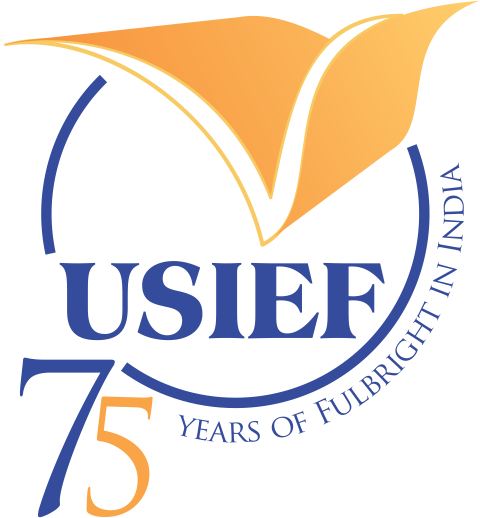Dr. Dibyashakti Panda obtained his BSc from Dharanidhar Autonomous College, Keonjhar, in 2014 and MSc from the Department of Earth and Atmospheric Sciences, National Institute of Technology (NIT) Rourkela in 2016. He then received his Ph D in 2021 under the supervision of Dr. Bhaskar Kundu at NIT . His doctoral research involved crustal deformation and seismic hazard assessment of the Indo-Burmese Arc region by using geodetic measurements, which has a huge impact on human society. He was also associated with several other research problems, e.g. earthquakes and v olcano related deformation, g reat earthquakes cycles and related deformation process, p late boundary vs. p late interior deformation process, c limate and tectonic interaction, etc. He has published several research papers in a wide range of international journals. He has been awarded the Institute Silver Medal in MSc Applied Geology (2014-2016) from NIT Rourkela, secured the second position in Science Category during Research Scholars Week 2019, NIT Rourkela, and qualified CSIR-NET 2020 for Lectureship/Assistant Professor with All India Rank 1. He has also received both national and international grants from both the Science and Engineering Research Board (SERB), India, and American Geophysical Union Student Travel Grant to attend the AGU Fall Meeting 2018 in Washington D.C. .
During his postdoctoral work supported by the Fulbright-Nehru F ellowship, Dr. Panda will try to provide a clear picture about the interseismic coupling and earthquake potential along the Himalayan arc by considering dense geodetic networks. The present proposal will also provide a novel method to update the kinematic coupling picture of the Himalayas by inverting GPS-derived velocity fields. Further, a realistic and precise 2D and 3D numerical dynamic fault model will be constructed to characterize the long-term fault behavior and earthquake rupture propagations.

